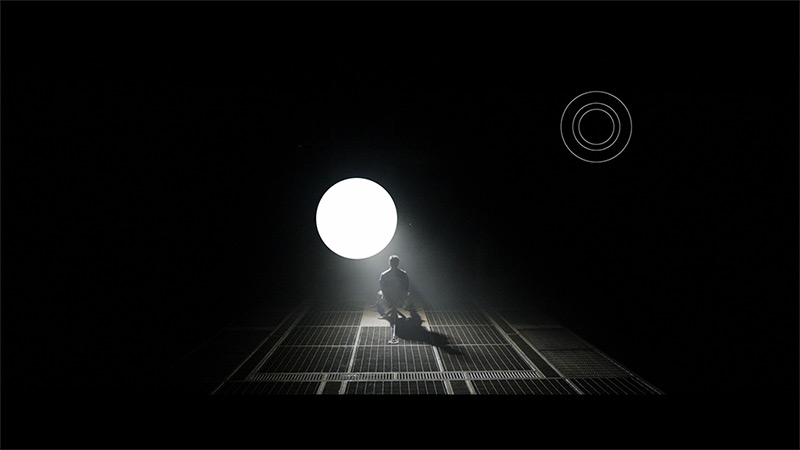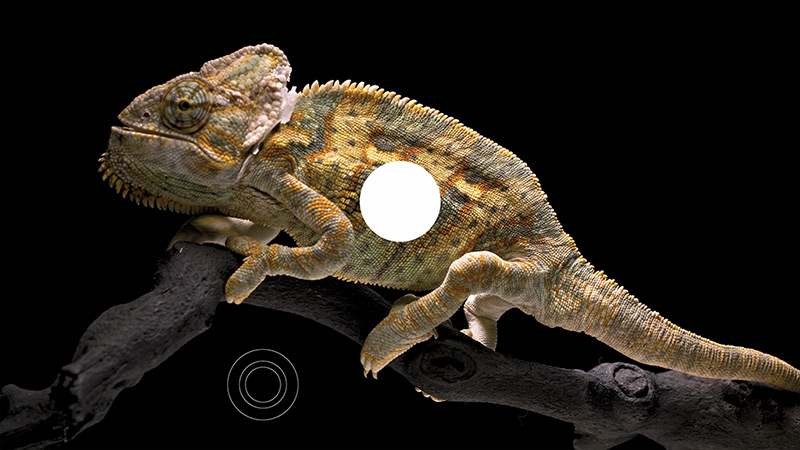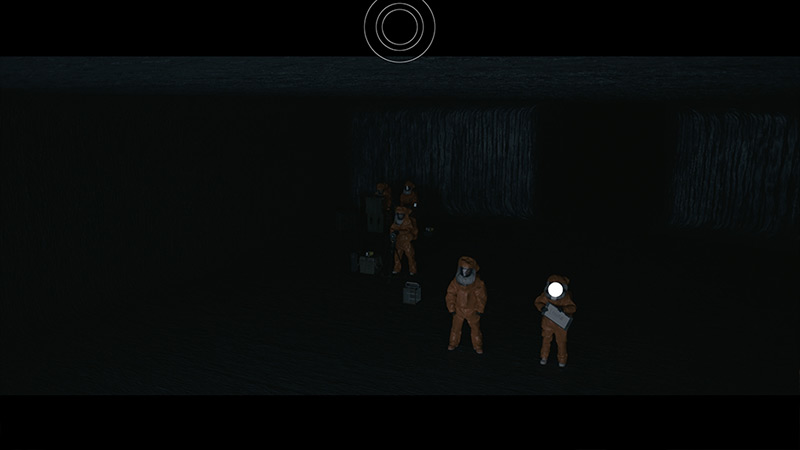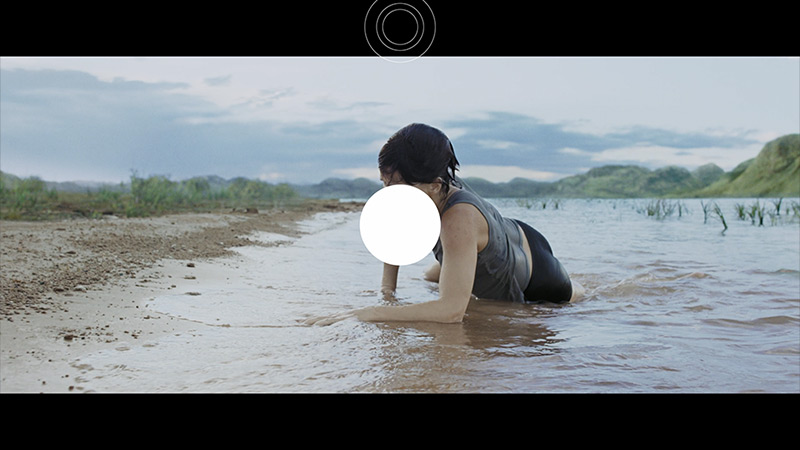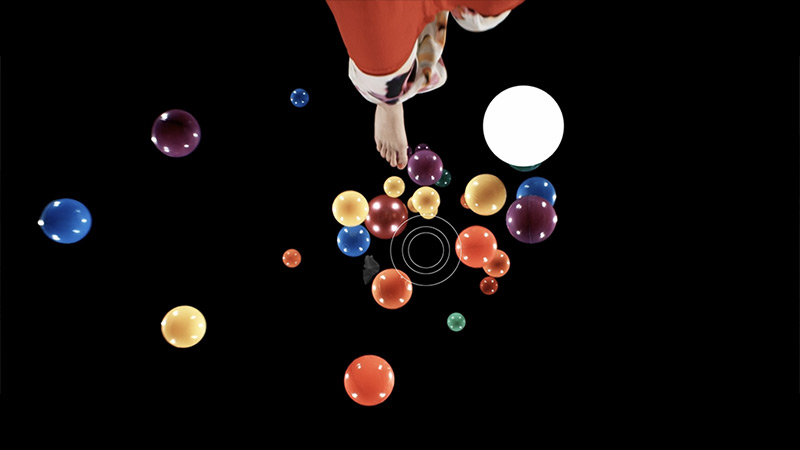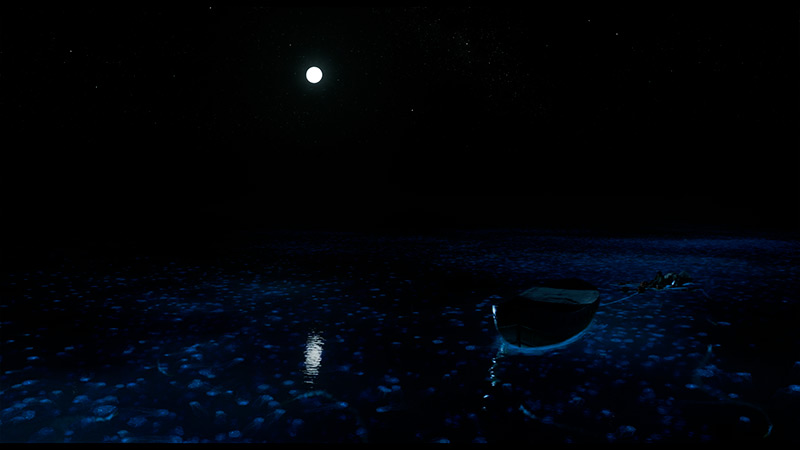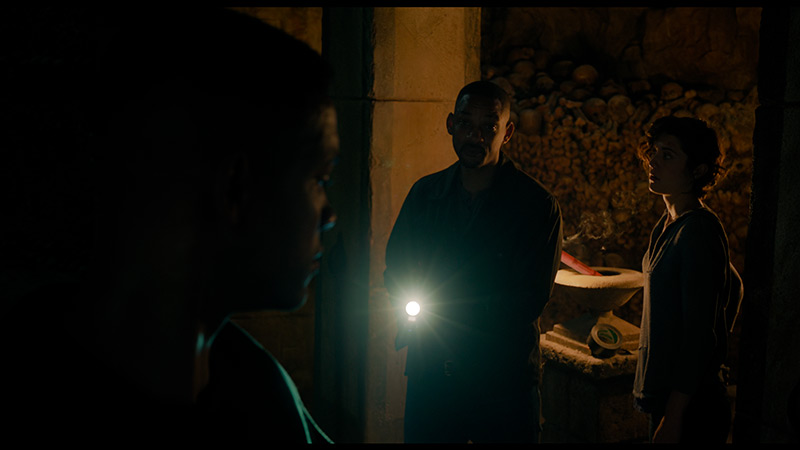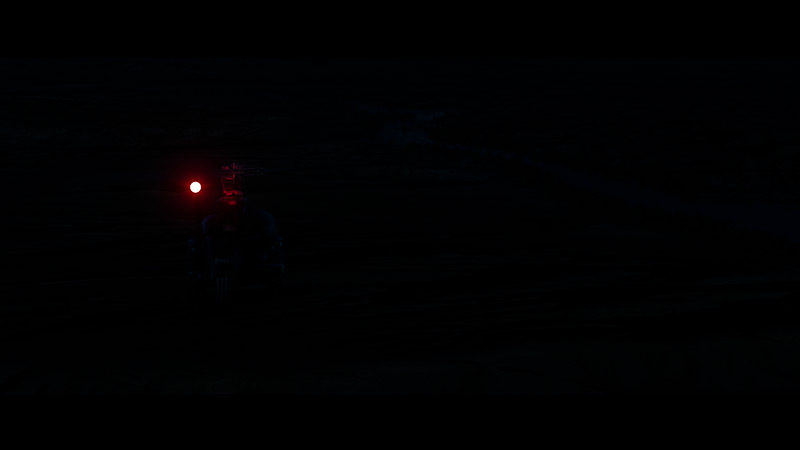The LG QNED87T is a unique offering in the TV market, excelling in several key areas. Its excellent compatibility with consoles and PCs, along with impressive motion fluidity, makes it an appealing choice for gamers. The 120Hz panel, VRR, and ALLM ensure smooth and responsive gameplay, making it ideal for fast-paced games and sports viewing. The WebOS system, paired with the Magic Remote control, enhances daily convenience, providing an intuitive interface and access to a wide range of apps like Netflix, YouTube, and Amazon Prime Video.
The TV's IPS panel offers wide viewing angles, ensuring good image quality even from side seats, which is perfect for group viewing. Features like USB recording, PIP (Picture-in-Picture), and Bluetooth connectivity improve user experience and convenience.
However, the LG QNED87T does have some limitations when it comes to high-quality content and home cinema use. Its contrast performance is weaker, and panel dimming issues can result in a lack of detail in dark scenes, particularly in low-light settings. While this may be less noticeable in bright or well-lit rooms, those seeking superior performance in dark environments may find these weaknesses more apparent.
Overall, the LG QNED87T is a versatile TV with modern features, making it a great option for everyday use and dynamic content, but it might not be the best choice for cinephiles or those seeking superior performance in dark rooms.
Sony X85L is a model from 2023 that will continue to be offered in 2024 by the Japanese manufacturer. Its biggest advantage is the Google TV system. It currently provides the greatest access to applications, so we don't have to fear that any of our favorite apps will be missing. The intuitive interface and voice control feature via Google Assistant make daily use of the television convenient and modern. In terms of picture quality, Sony X85L performs well. Thanks to local dimming (albeit with a very average number of zones), black looks really decent. Additionally, its quite high brightness allows for comfortable TV viewing during the day, even in well-lit rooms. Moreover, the television offers the ability to record programs from built-in tuners, which is a great convenience for those wanting to control what and when they watch. In terms of motion fluidity, the X85L also does not disappoint. The 120 Hz panel and Motionflow system provide smooth display of dynamic scenes, pleasing both movie buffs and sports fans. The TV is also equipped with a range of features for gamers, including VRR, Game Bar, and G-Sync support, making it an attractive choice for gaming enthusiasts. Of course, the television is not without its drawbacks. The lack of HGiG support and high input lag in Dolby Vision mode can be disappointing for more demanding gamers. Additionally, the compromise between font readability and image fluidity when connected to a PC may not appeal to everyone. Nevertheless, Sony X85L is decent equipment, particularly worth noting if it can be purchased on promotion.












